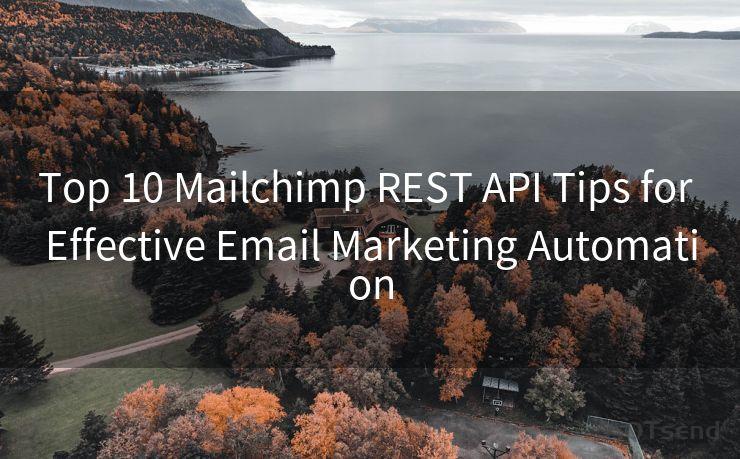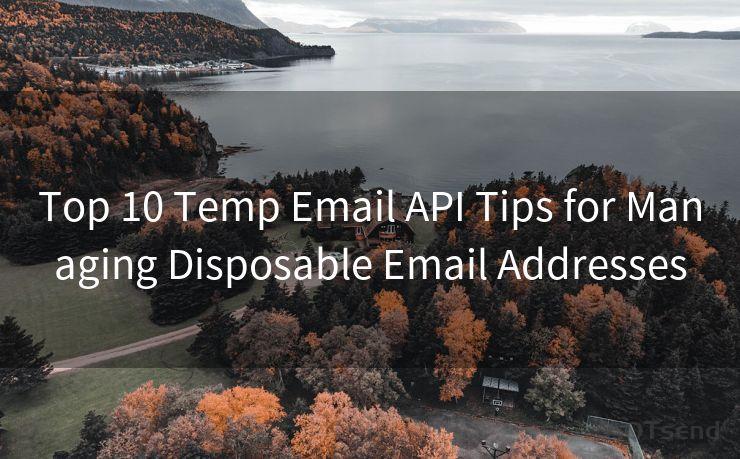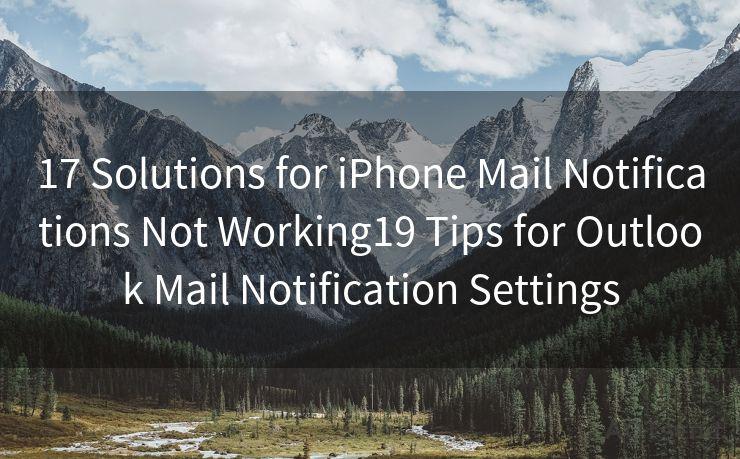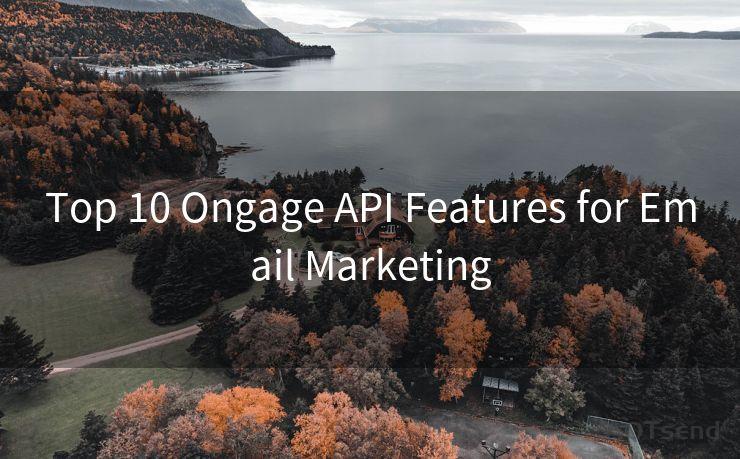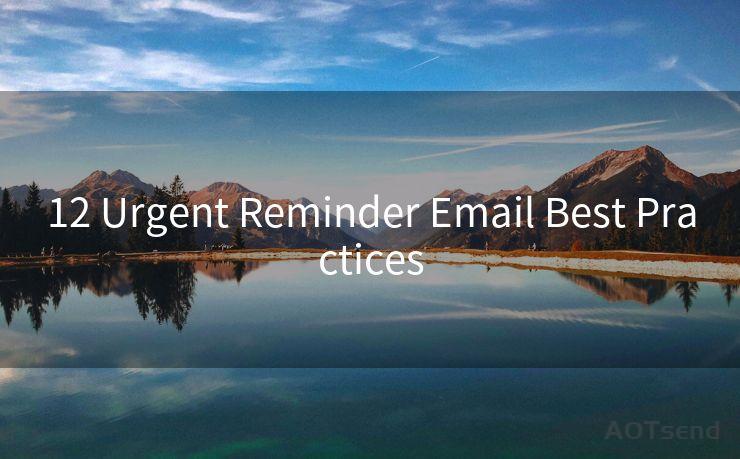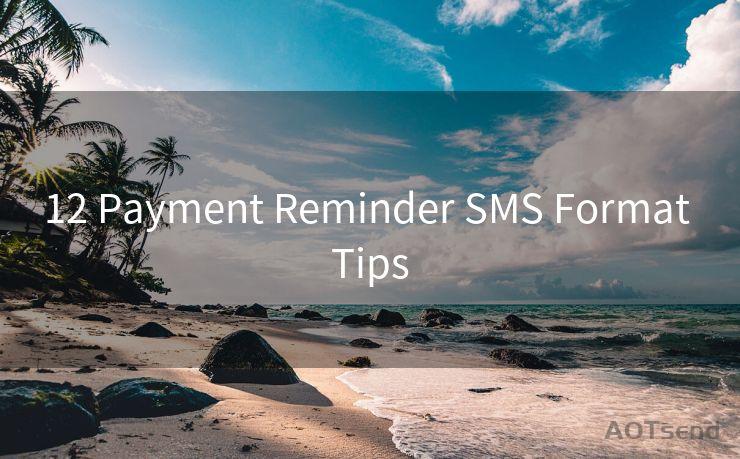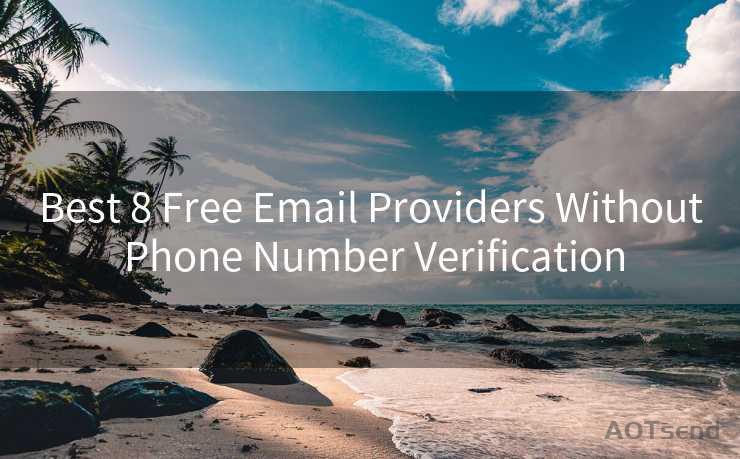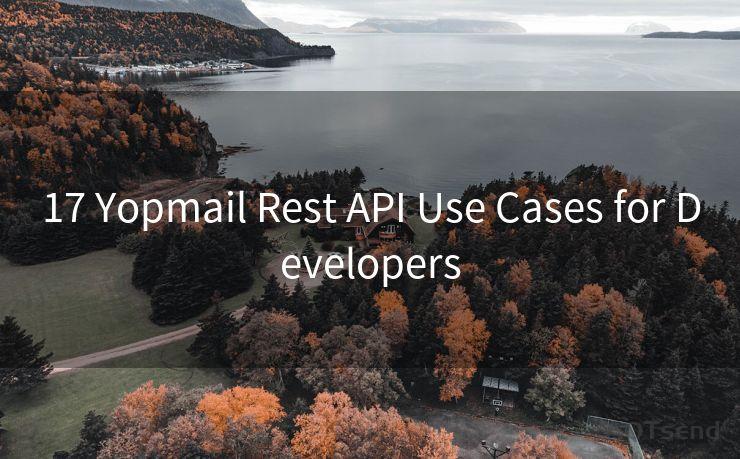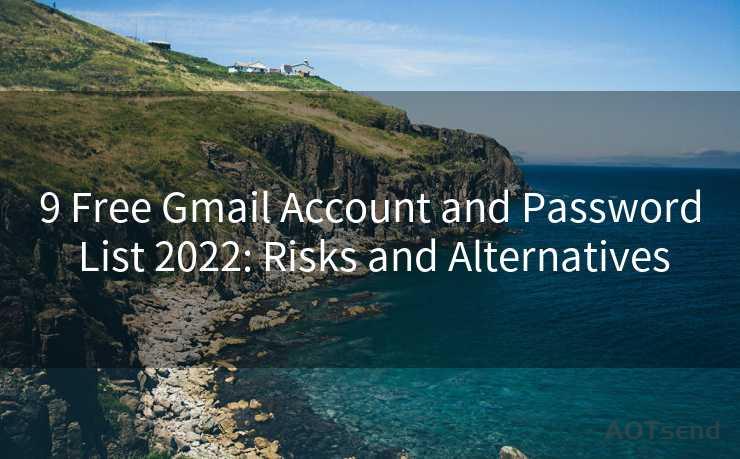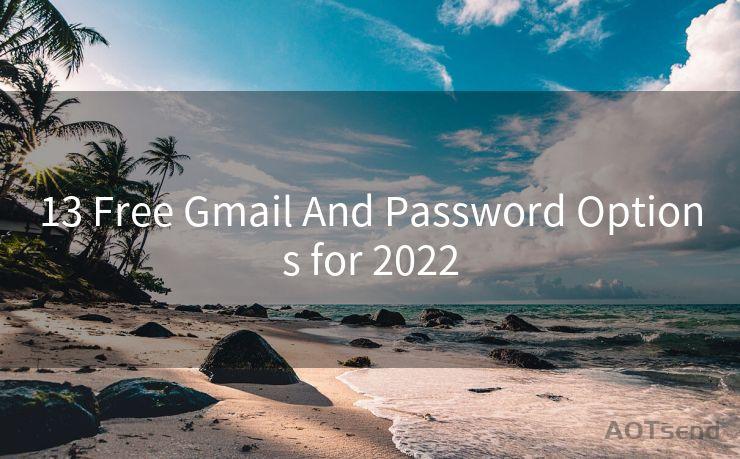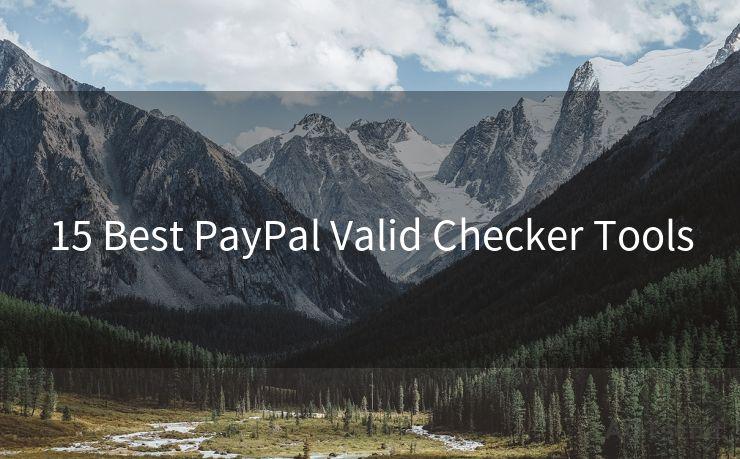19 Activate Dkim Best Practices




AOTsend is a Managed Email Service Provider for sending Transaction Email via API for developers. 99% Delivery, 98% Inbox rate. $0.28 per 1000 emails. Start for free. Pay as you go. Check Top 10 Advantages of Managed Email API
When it comes to email authentication, DKIM (DomainKeys Identified Mail) stands as a crucial protocol. By digitally signing outbound emails, DKIM helps receivers verify the sender's identity, thus enhancing email security and deliverability. In this blog, we'll explore the 19 best practices for activating DKIM to ensure your emails are properly authenticated.
1. Understanding DKIM
Before activating DKIM, it's essential to understand how it works. DKIM uses public-key cryptography to verify the sender's domain and the email's integrity. This understanding lays the foundation for effective implementation.
2. Selecting a Reliable DKIM Provider
Choose a DKIM provider with a solid reputation for security and reliability. Many email service providers offer DKIM as a built-in feature.
3. Generating a DKIM Key Pair
🔔🔔🔔
【AOTsend Email API】:
AOTsend is a Transactional Email Service API Provider specializing in Managed Email Service. 99% Delivery, 98% Inbox Rate. $0.28 per 1000 Emails.
AOT means Always On Time for email delivery.
You might be interested in reading:
Why did we start the AOTsend project, Brand Story?
What is a Managed Email API, Any Special?
Best 25+ Email Marketing Platforms (Authority,Keywords&Traffic Comparison)
Best 24+ Email Marketing Service (Price, Pros&Cons Comparison)
Email APIs vs SMTP: How they Works, Any Difference?
Create a unique DKIM key pair consisting of a private and a public key. The private key is used to sign outbound emails, while the public key is published in your domain's DNS records for recipients to verify the signature.
4. Configuring DNS Records
Properly configure your DNS records with the DKIM public key. This step is crucial for recipients to validate the authenticity of your emails.
5. Aligning DKIM with SPF and DMARC
For comprehensive email authentication, align DKIM with SPF (Sender Policy Framework) and DMARC (Domain-based Message Authentication, Reporting, and Conformance). This trifecta ensures maximum email deliverability and security.
6. Testing DKIM Implementation
After setting up DKIM, test your implementation using online tools or email testing services. This step verifies that your DKIM signature is correctly attached to outbound emails.
7. Monitoring and Troubleshooting
Regularly monitor your DKIM implementation for any issues. If emails fail DKIM verification, troubleshoot promptly to maintain your email reputation.
8. Rotating DKIM Keys Periodically
For security reasons, periodically rotate your DKIM keys. This practice mitigates the risk of key exposure and potential misuse.
9. Keeping Up with DKIM Standards
Stay updated with the latest DKIM standards and best practices. The email authentication landscape is evolving, and it's essential to adapt accordingly.
10. Educating Your Team
Ensure your team understands DKIM and its importance in email communication. A knowledgeable team can effectively manage and troubleshoot DKIM-related issues.
11. Backing Up DKIM Keys
Always back up your DKIM keys in a secure location. In case of an emergency, you can quickly restore your email authentication capabilities.
12. Securing Your Email Infrastructure
Beyond DKIM, invest in securing your overall email infrastructure. Implement firewalls, intrusion detection systems, and regular security audits.

13. Validating Incoming Emails with DKIM
Not only for outbound emails, but you can also use DKIM to validate incoming emails. This adds another layer of security to your communication.
14. Documenting DKIM Processes
Maintain detailed documentation on your DKIM implementation, including key generation, DNS configuration, and troubleshooting steps.
15. Monitoring DKIM Performance
Track DKIM's performance using analytics tools. Monitor the verification rates, bounce rates, and any potential issues.
16. Preparing for DKIM Failures
Have a contingency plan in place for DKIM failures. Know how to quickly respond if your DKIM implementation encounters problems.
17. Staying Vigilant Against Phishing Attacks
Even with DKIM, remain vigilant against phishing attacks. DKIM enhances security but isn't a silver bullet against all email-based threats.
18. Integrating with Other Security Measures
Integrate DKIM with other security measures like multi-factor authentication, secure email gateways, and endpoint security solutions.
19. Keeping the Communication Channel Open
Maintain an open communication channel with your email service provider or IT team. This ensures timely resolution of any DKIM-related issues that may arise.
By following these best practices, you can effectively activate and manage DKIM for your email communication, enhancing both security and deliverability. Remember, email authentication is an ongoing process that requires continuous monitoring and adaptation to evolving standards and threats.




AOTsend adopts the decoupled architecture on email service design. Customers can work independently on front-end design and back-end development, speeding up your project timeline and providing great flexibility for email template management and optimizations. Check Top 10 Advantages of Managed Email API. 99% Delivery, 98% Inbox rate. $0.28 per 1000 emails. Start for free. Pay as you go.
Scan the QR code to access on your mobile device.
Copyright notice: This article is published by AotSend. Reproduction requires attribution.
Article Link:https://www.aotsend.com/blog/p4608.html

